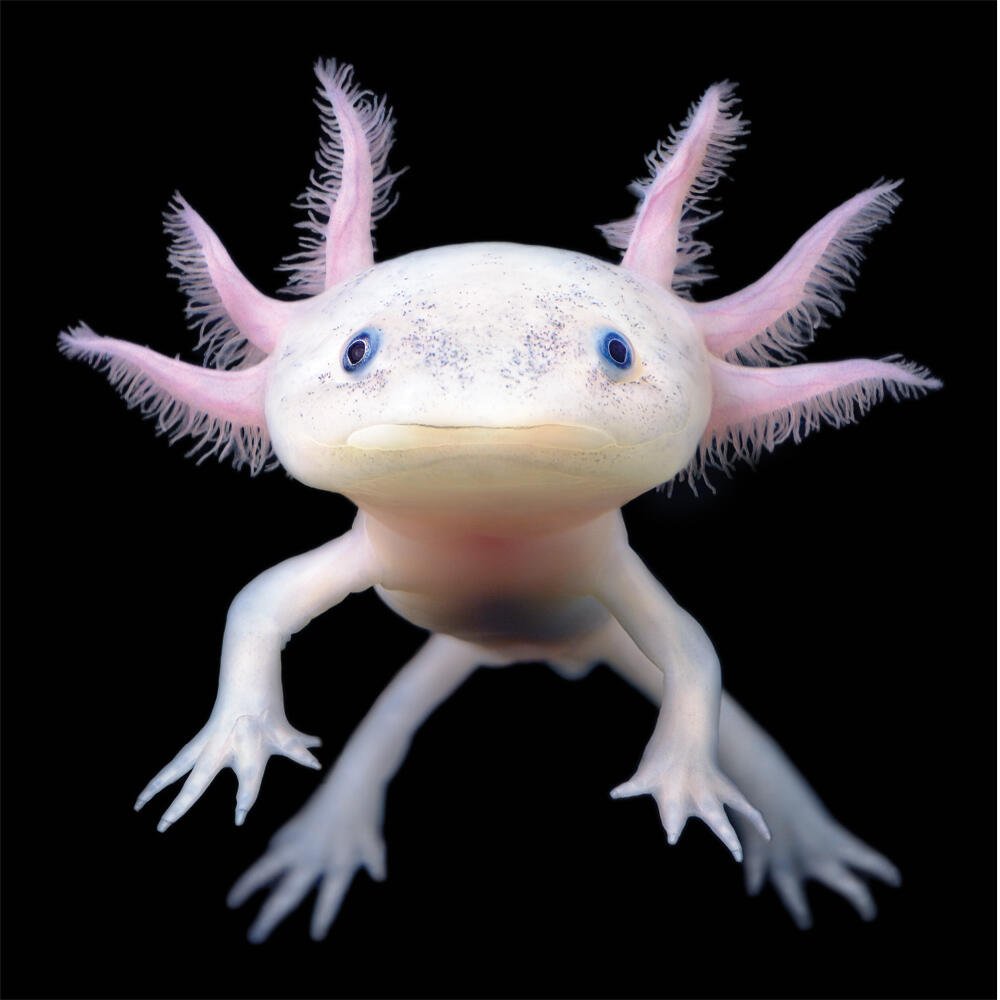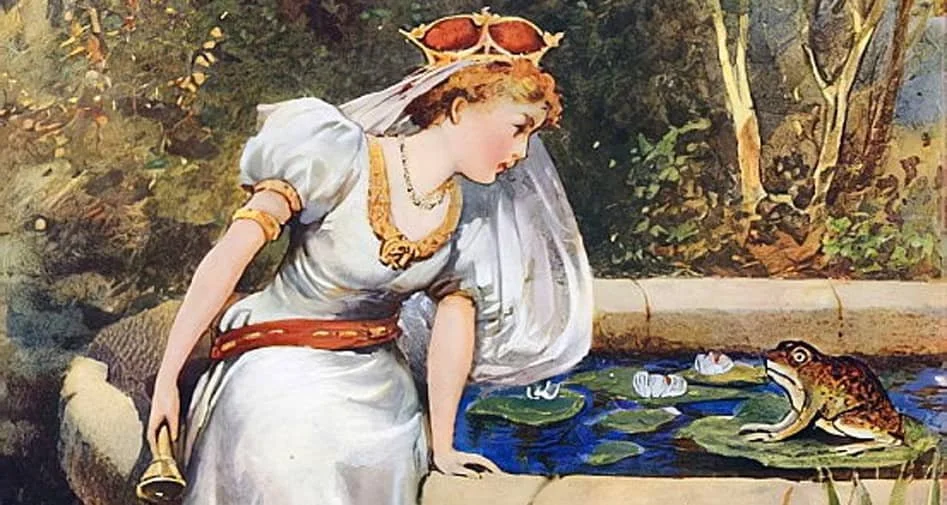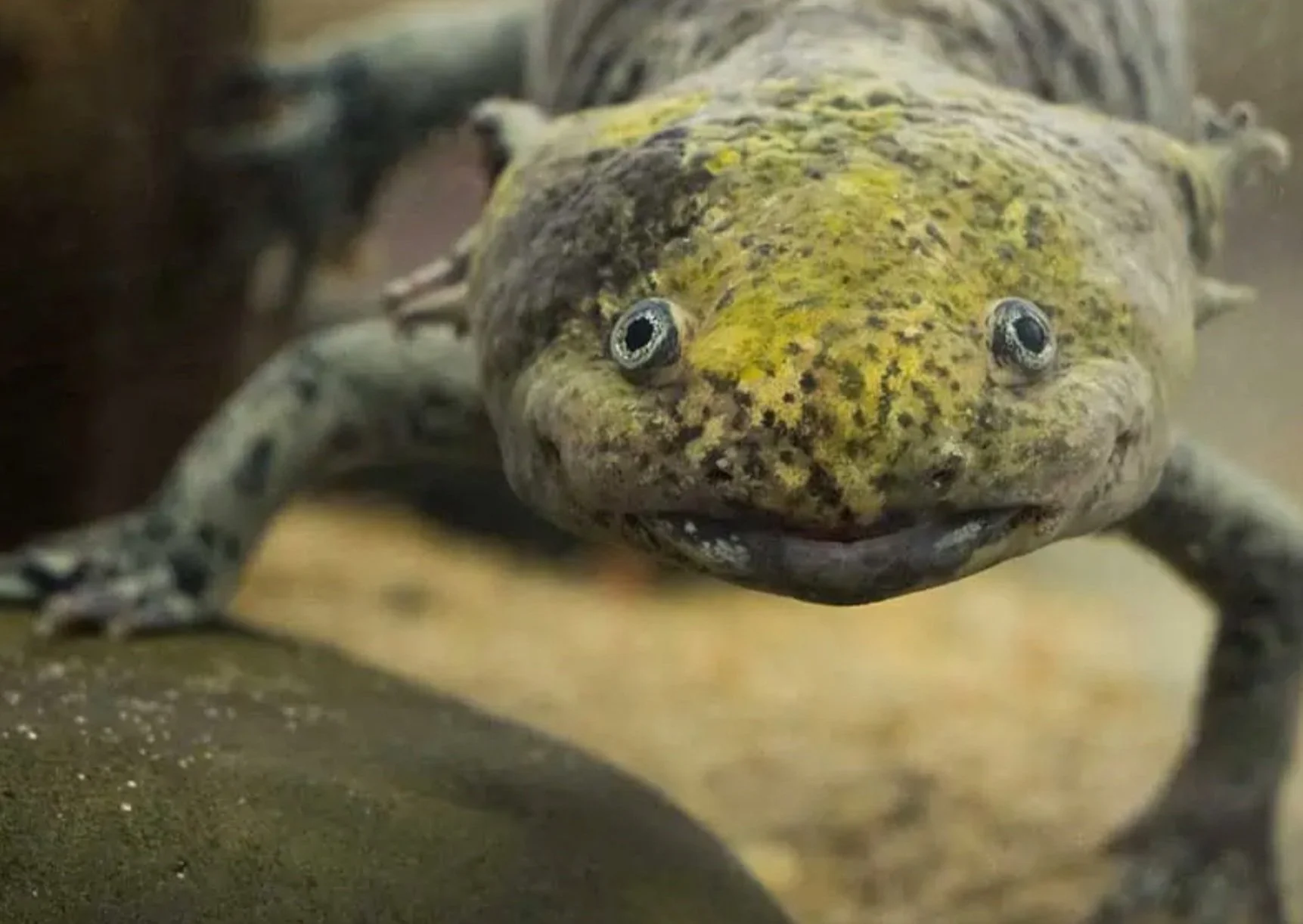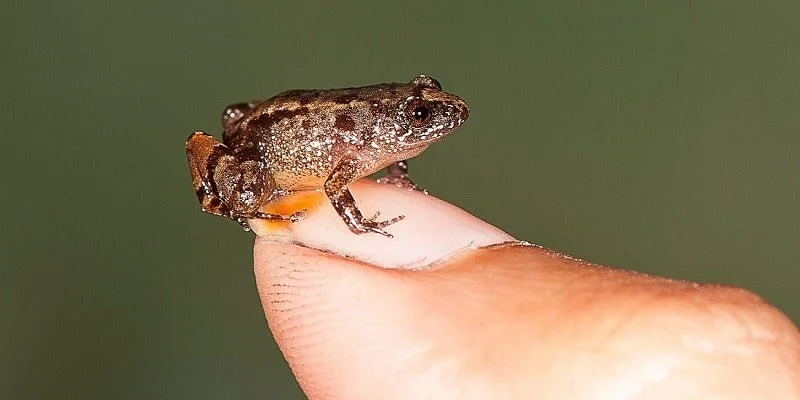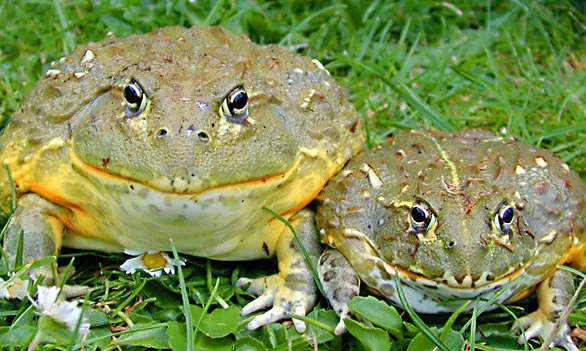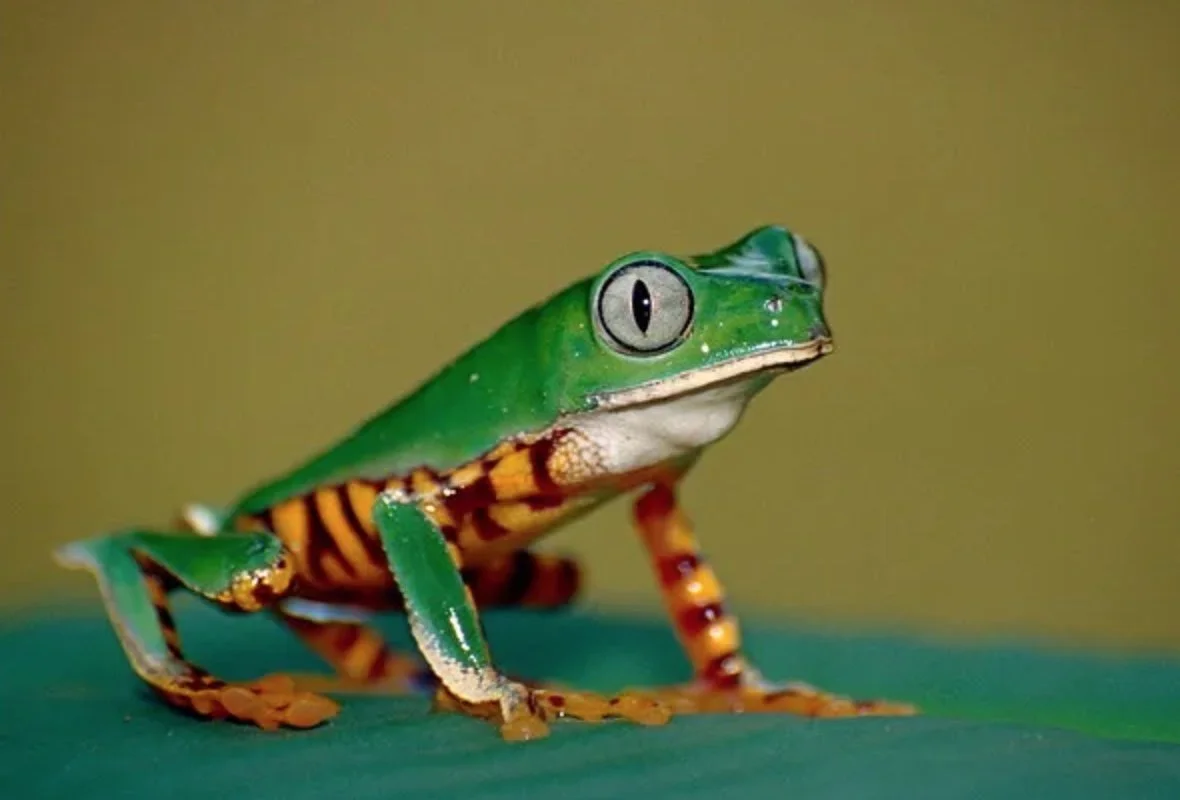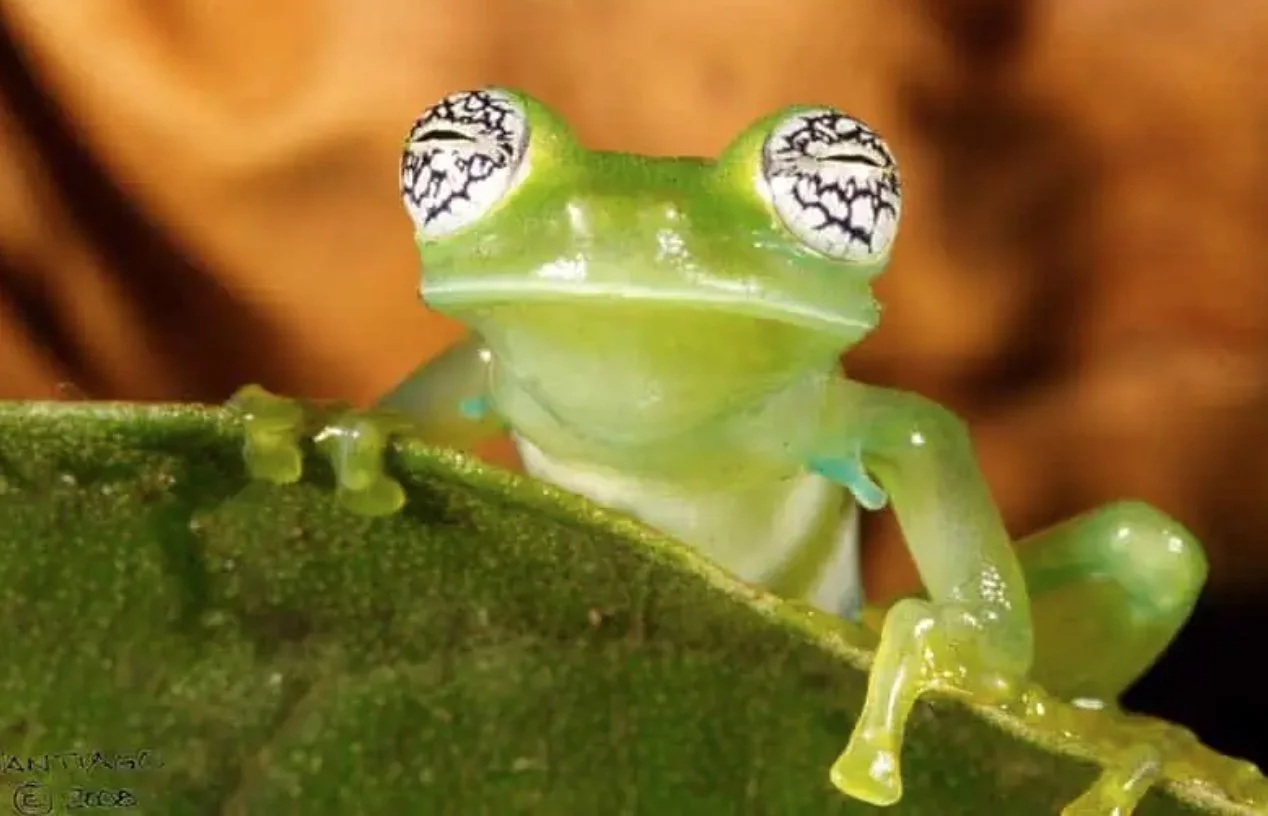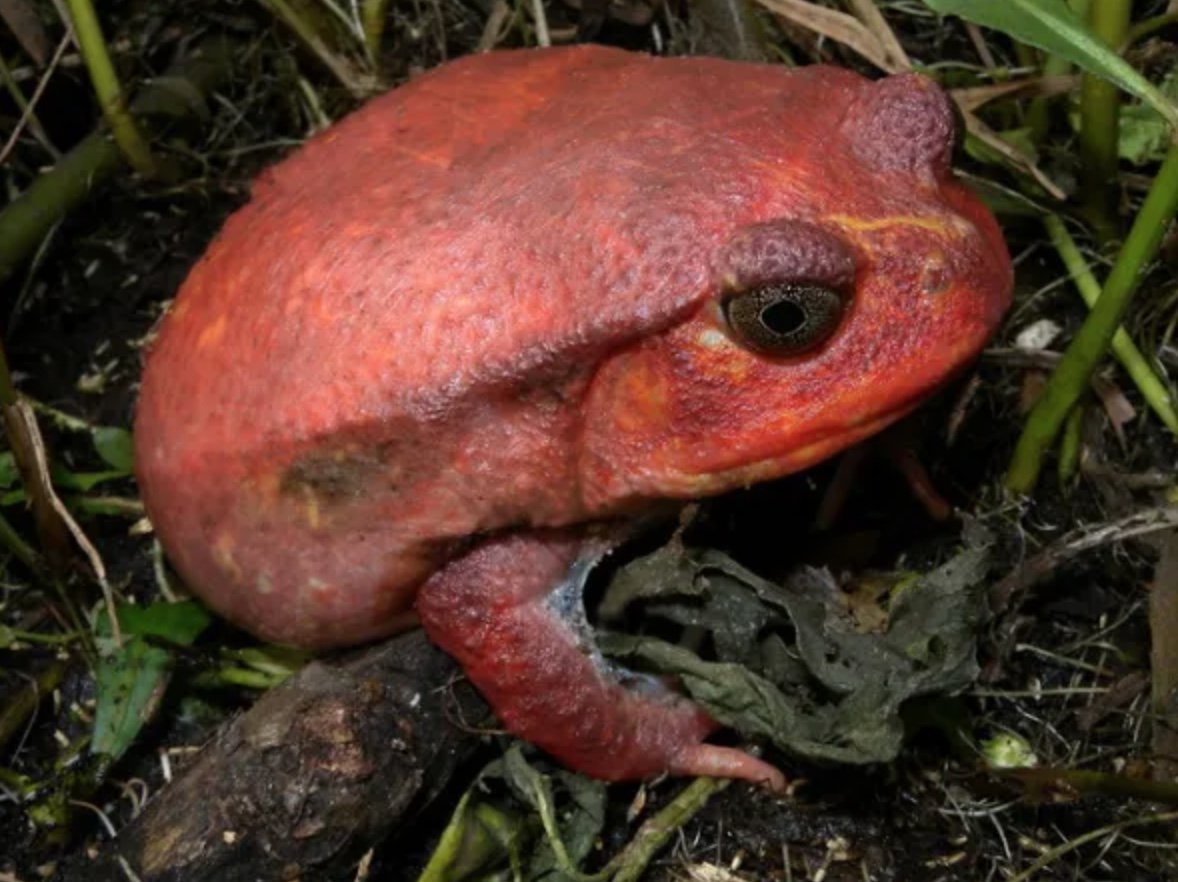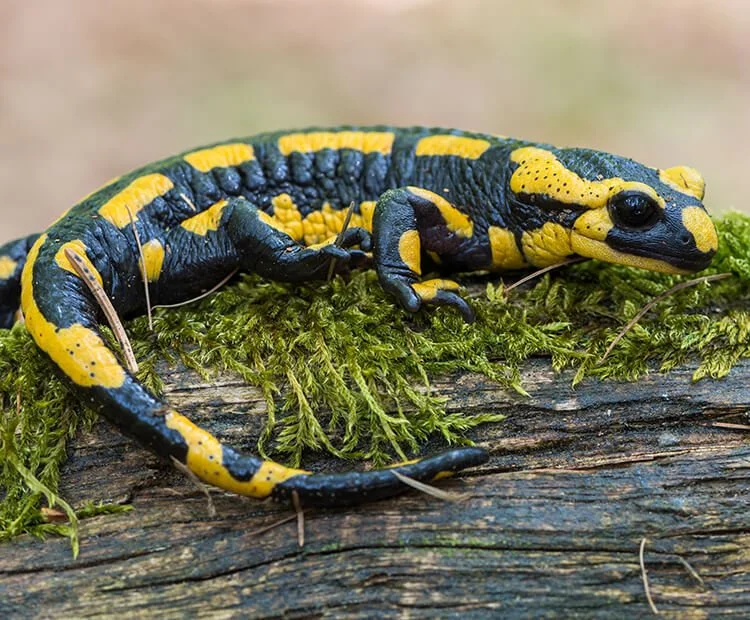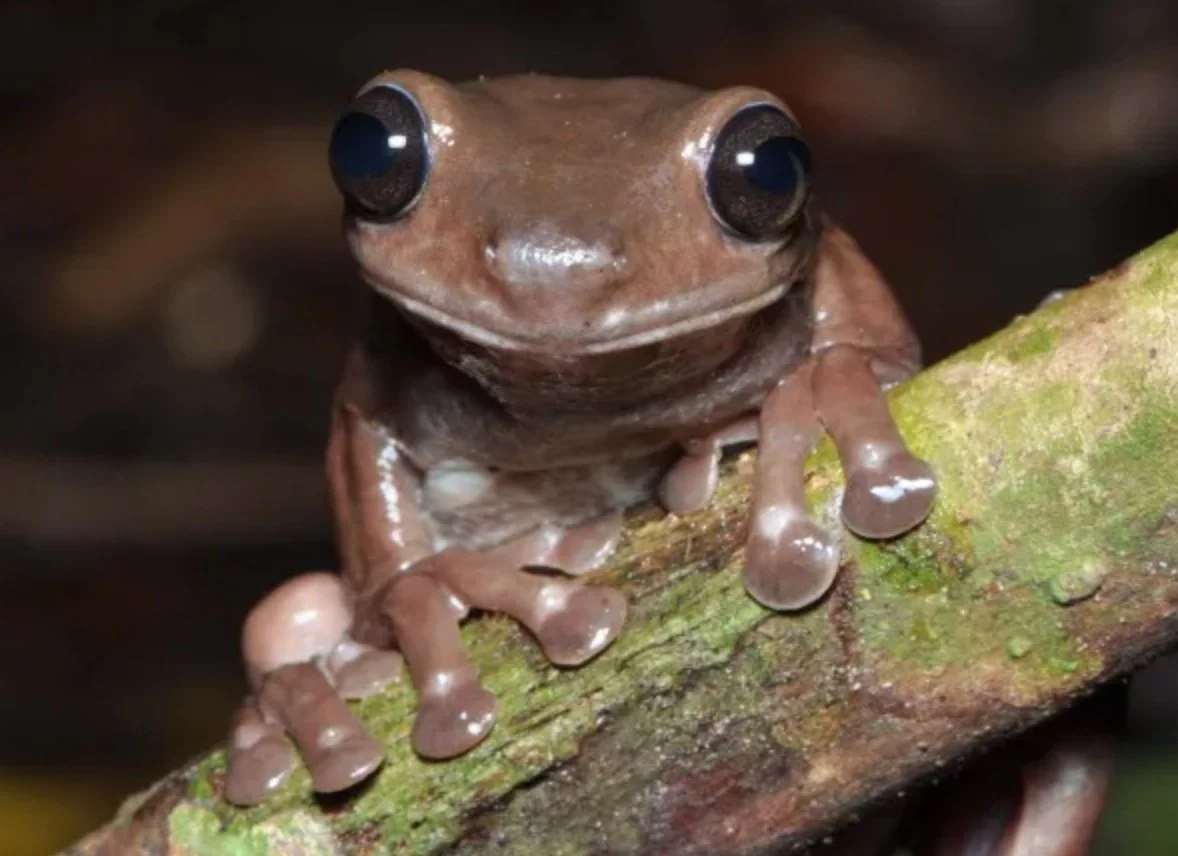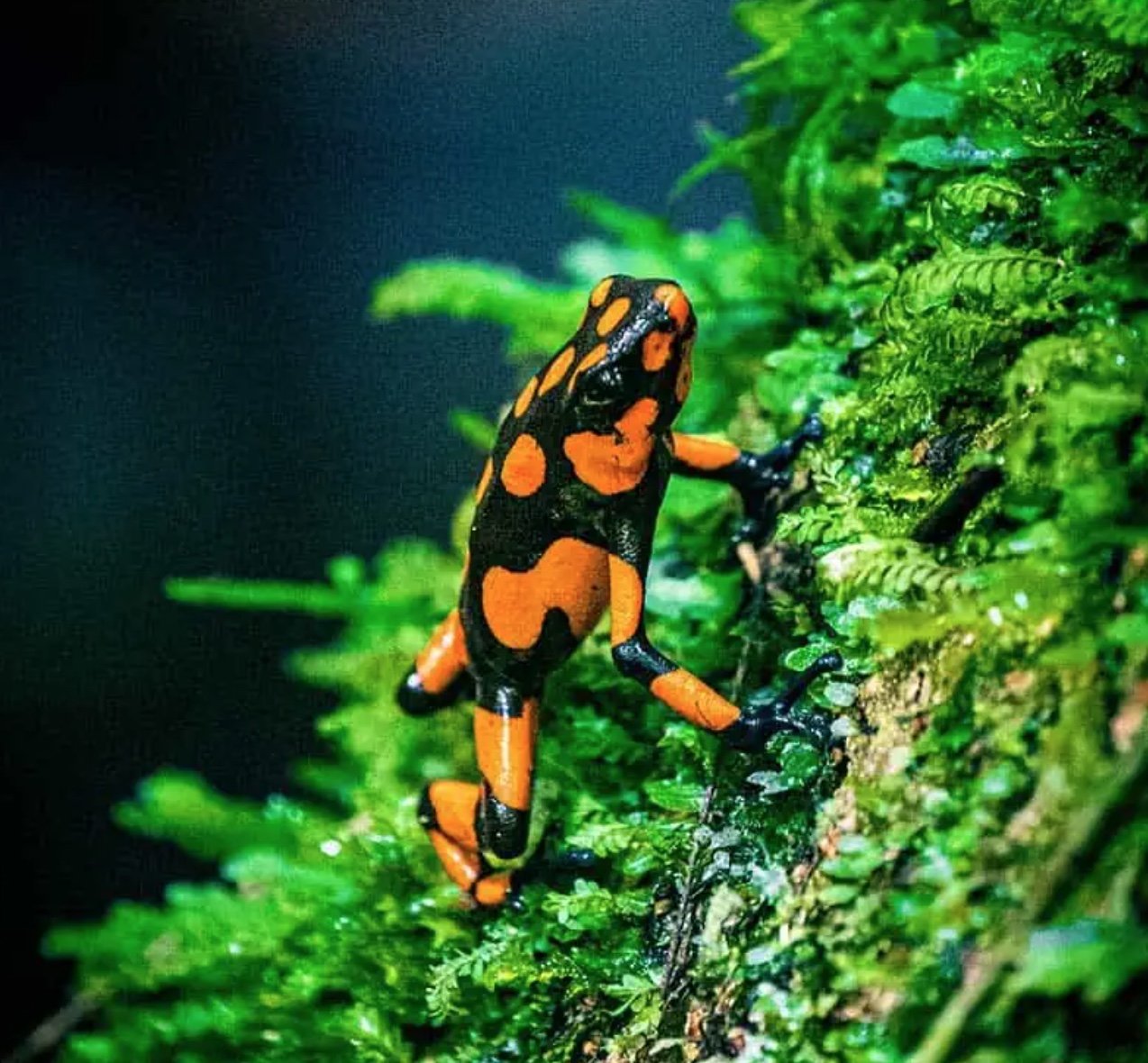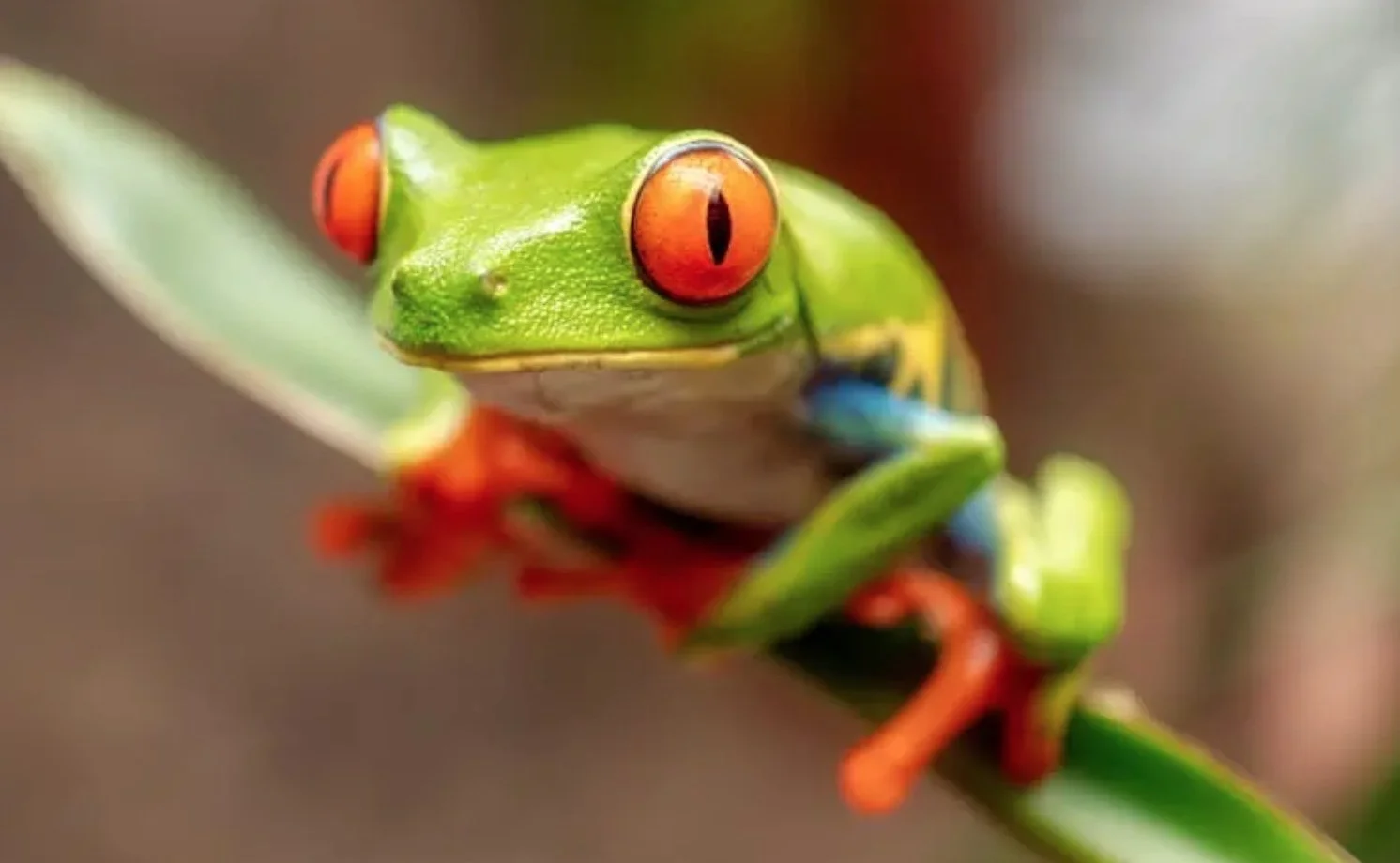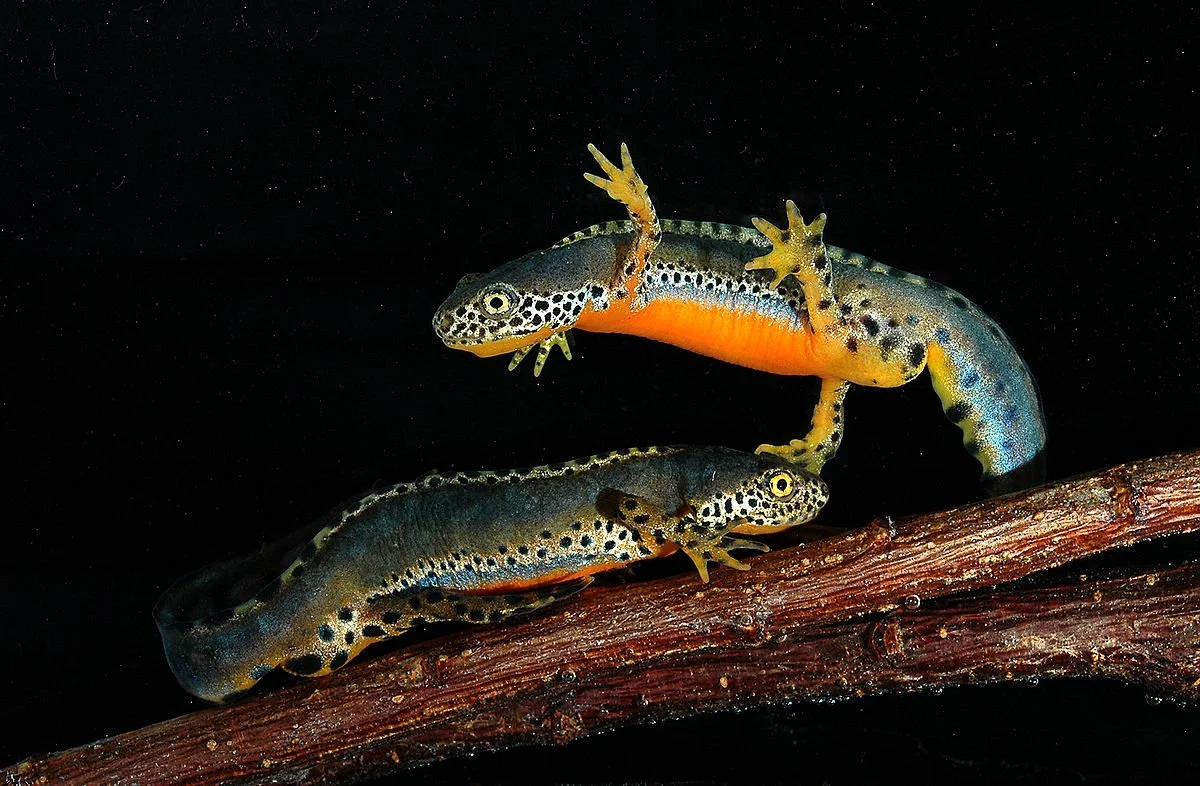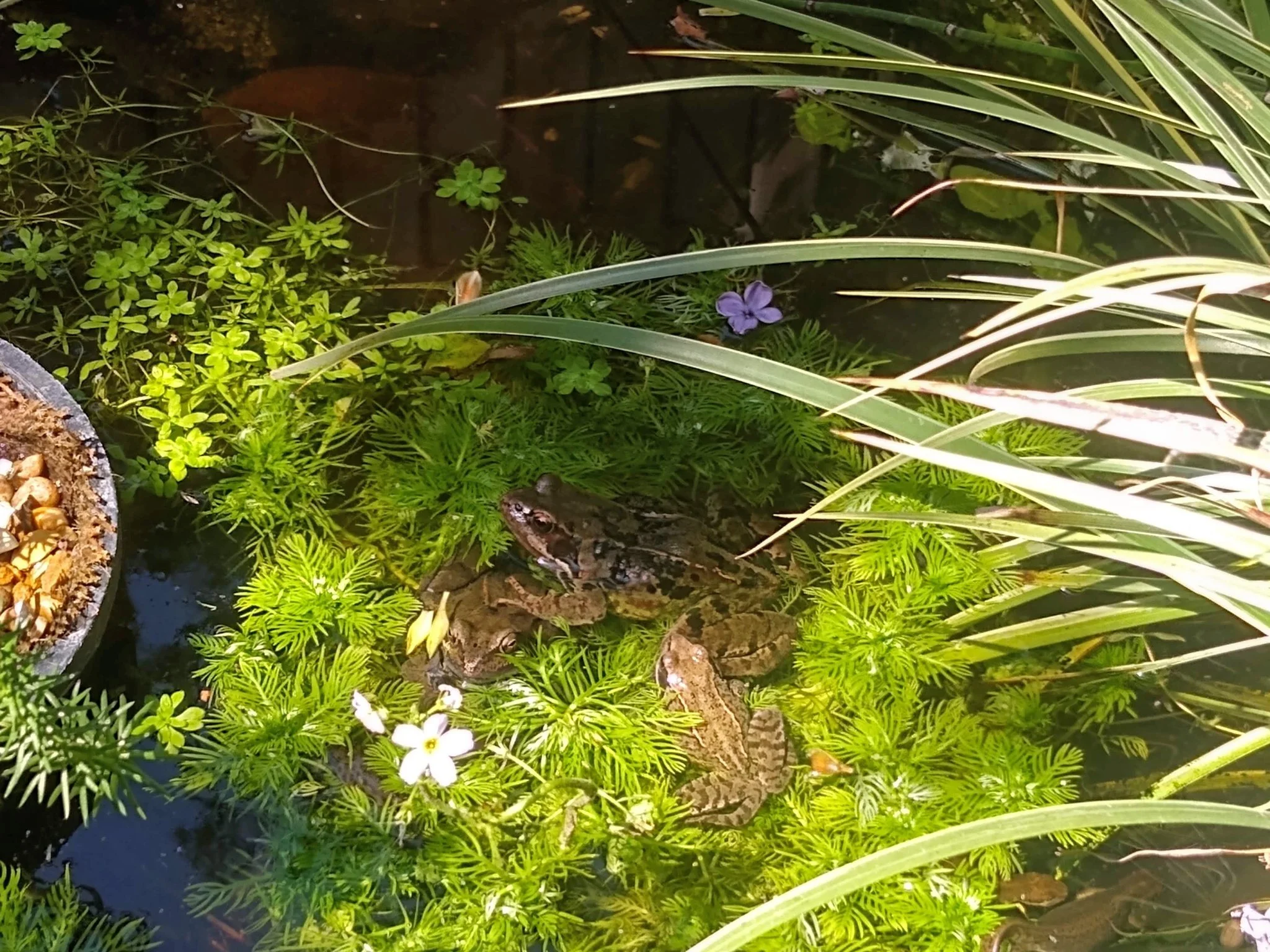By The Landlord
“It's not easy being green …
“You are all sitting here listening to me — a talking amphibian. That alone is a radical act of creativity. It's what I call a conspiracy of craziness.” – Kermit the Frog
“I'd kiss a frog even if there was no promise of a Prince Charming popping out of it. I love frogs.” – Cameron Diaz
“There is no toad that can’t be a princess, no frog that can’t become a prince.” – Jamie Lerner
“If we can discover the meaning in the trilling of a frog, perhaps we may understand why it is for us not merely noise but a song of poetry and emotion.” – Adrian Forsyth
“Reptiles and amphibians are sometimes thought of as primitive, dull and dimwitted. In fact, of course, they can be lethally fast, spectacularly beautiful, surprisingly affectionate and very sophisticated.” –- David Attenborough
“Man is an amphibian who lives simultaneously in two worlds –the given and the home-made, the world of matter, life and consciousness and the world of symbols.” – Aldous Huxley
“Don't be a fish; be a frog. Swim in the water and jump when you hit the ground.” – Kim Young-Ha
“I’m not a diva. I’m a tadpole trying to be a frog.” – Toni Braxton
There’s something smoothly, perhaps also slimily sensible about having one webbed foot in the water, another on land, and a swivelling eye in both directions. While our fish ancestors crawled out and just kept going inland, and dolphins' forebears decided it was too much hassle, a far too slow and dry environment to continue and that swimming was easier and more fun (a decent decision) and so went back to the sea, another class of animal evolved a more spread-bet life, choosing two habitats and at least one second home. A truly fluid existence.
So then, this week it's the turn of the amphibians to feature front and centre, or at least prominently in song form. But what is an amphibian? Neither fish nor reptile nor mammal, they're slippery hybrid, from the Greek words amphi, meaning "both or of both kinds" and bios meaning life.
They come in three main groups and around 8,500 species - the biggest being the Anura: dominated by frogs (7,500 species) and in the same group toads, who lay eggs in or near water (red-eyed tree frogs and poison dart frogs lay them tree leaves) and hatch out as tadpoles; Caudata – the fabulous world of newts and salamanders with tails and small legs; and the Gymnophiona, essentially tropical climate caecilians, which are legless, slender, elongated amphibians that look like earthworms or snakes, but have amphibian characteristics.
But how might amphibians be presented in song? Whether in literal or metaphorical contexts, myth or fairytale, they seem to straddle that subjective line between cute, creepy and ugly, sweet and sick-making, weird and wonderful, delicious and disgusting, whipping out long tongues to catch prey, and in the case of frogs and toads, also provide some pretty extraordinary sounds. As in their name, they inhabit at least two places not only physically but in our minds, from the anthropomorphic to almost alien.
All of that is perhaps contained in the most famous amphibian fairytale, best known in an original form in Brothers Grimm's fairytales published in 1812, the story of a spoilt princess and a noble prince trapped in frog's body a classic interchange of humans' positive and negative qualities around vanity, pride, privilege, and poverty.
Grimm Borther’s The Frog Prince
But what physical features to all amphibians share? They're most likely found in ponds and swamps, and the land around them. Externally fertilised, with sperm entering eggs outside of the body, they metamorphosise from aquatic larvae to terrestrial adults, sometimes in tadpole form along the way, can breathe through lungs and, when in the water, gills and also permeable skin , are ectothermic, ie cold-blooded, have a three-chambered heart to partially separate oxygenated and deoxygenated blood, mostly have webbed feet and sometimes powerful back limbs, and some can even regenerate lost limbs and other body parts, even physically expressing a form of immortality.
That particularly characteristic comes with the absolutely fascinating axolotl, part of the salamander family, whose bodies grow throughout their lives, and can indeed regenerate limbs, gills and parts of their eyes and brains. They even sleep with their eyes open. Truly on the axis of cute and ugly, alien-like and amazing, axolotls have the second largest genome (the set of chromosomes present in the cells of a multicellular organism) in the world, with 32 billion base pairs, which are ten times longer than the human genome. It is only behind the Australian lungfish in that regard with a whopping 43 billion base pair length.
As well as regenerative talents, axolotls have the second largest genome in the animal kingdom
The species is named after the Aztec deity Xolotl, the god of fire and lightning, who transformed himself into an axolotl to avoid being sacrificed by fellow gods. They regularly appeared in the works of Mexican muralist Diego Rivera and are such popular image in that culture, in 2021 Mexico released a new design for its 50-peso banknote featuring an axolotl.
Axolotls they have traits of oddball immortality about them, but they're an extremely endangered species, and can only be found in the wild Lake Xochimilco, Mexico City. In fact due to climate change, particular with drought, amphibians are highly vulnerable.
Here's American journalist, fiction and popular science writer Annalee Newitz making an observation on them in both a simplistic, but also profound way:
“Amphibians are dying out like crazy, and frogs and salamanders may be largely extinct by the end of the twenty-first century. Imagine an animal that begins its life in the water, but ends it on land - already, that's pretty weird. But, also, a lot of them are incredibly tiny and look wildly improbable. They have funny little toes, they stretch their throats into weird bubble shapes when they croak, and some of them are poisonous to the touch. I think kids from the twenty-second century might mythologize amphibians the way kids today mythologize dinosaurs.”
Climate change and amphibians reminds me about the metaphor of slowly heating up frogs in water. The gradual change means they don't leap out until it's nearly boiling point, by which time it's too late and they expire – an image that can apply to many contexts, and includes us too.
Frogs however can teach us an ability to a adapt to different environments. Despite declining numbers, they inhabit every continent except Antarctica. The Australian water-holding frog even lives in deserts.
But in the meantime, what amphibians or amphibian traits might feature in in general, or specifically in your song suggestions? The South African sharped-nosed frog who holds the world record for leaping more than 90 times its own body length?
Or for changing colour with the environment? Pacific tree frogs (Pseudacris regilla) can seamlessly go from green to brown on tree bark of leaves to avoid predators. Or the Vietnamese mossy frog (Theloderma corticale) can copy the appearance of moss and lichen.
Paedophryne amauensis - pebble frog
The tiniest or the biggest? The smallest, the Papua New Guinea pebble frog, Paedophryne amauensis, is more like a grain of rice at only 7.7 mm, but to catch prey, can mimic distinct high-pitched insect sounds. Or by contrast, the biggest Goliath frog (Conraua goliath) with a body length of 32cm found in the rapid currents and rocky floors in Cameroon and Equatorial Guinea, scoffing insects, crustaceans, and fish and weighing up to 3.3kg. Gulp.
Goliath frog (Conraua goliath) left, dwarfs the American bull frog, right
Frog calls, like bird song, vary according to time, place and context, in pitch and intensity, from mating to territory to distress. The male túngara frog (Engystomops pustulosus) for example, emits a call proclaiming its physical fitness to prospective females. Here's a selection with a wide variety from scratchy crackles to ringing and rattle sounds, cawing, crowing, burps to bleeps and bubbling. Listen to the end … what kind of sound is that common platanna or African clawed frog making?
But there's no end to the wonderful weirdness of these creatures. Some frogs can swallow food with their eyeballs. Some can produce a form of antifreeze in the winter to go into suspended animation. Some are translucent, such as the Central America rainforest glass frog. And in the case of the Darwin’s frog, Rhinoderma darwinii, after the tadpoles hatch, after 2-3 weeks, the male frog ingests the tadpoles into its vocal sac, protecting them and giving them a stable, moist environment to grow before they eventually emerge from its mouth. A frog in the throat? Literally ...
Much more can be talked of these wonderful creatures’ oddities and adaptations, but we have to end somewhere, and hoping you don't suffer from tanidaphobia, it's time to suggest songs about these creatures. Pond life itself is also an option extension but the emphasis should very much be on amphibians. A few more images for your inspiration.
Tiger leg monkey frog
Glass frog
Madagascan tomato frog
Fire salamander
Cocoa frog (litoria mira)
Poison dart frog
The red-eyed tree frog
These week's highly adaptable expertise leaps towards the welcome return of Suzi to the behind the Bar. Please post your amphibious song suggestions in comments below for deadline frog call at 11pm on Monday UK time, for playlists published next week. Just try not to mention the Crazy Frog…
Newts
Lastly, here also is a photo from my own small, humble pond, which has regular frog residents (see the three together centre) as well as many spotted and other newts...
Pond life
New to comment? It is quick and easy. You just need to login to Disqus once. All is explained in About/FAQs ...
Fancy a turn behind the pumps at The Song Bar? Care to choose a playlist from songs nominated and write something about it? Then feel free to contact The Song Bar here, or try the usual email address. Also please follow us social media: Song Bar Twitter, Song Bar Facebook. Song Bar YouTube, and Song Bar Instagram. Please subscribe, follow and share.
Song Bar is non-profit and is simply about sharing great music. We don’t do clickbait or advertisements. Please make any donation to help keep the Bar running:

